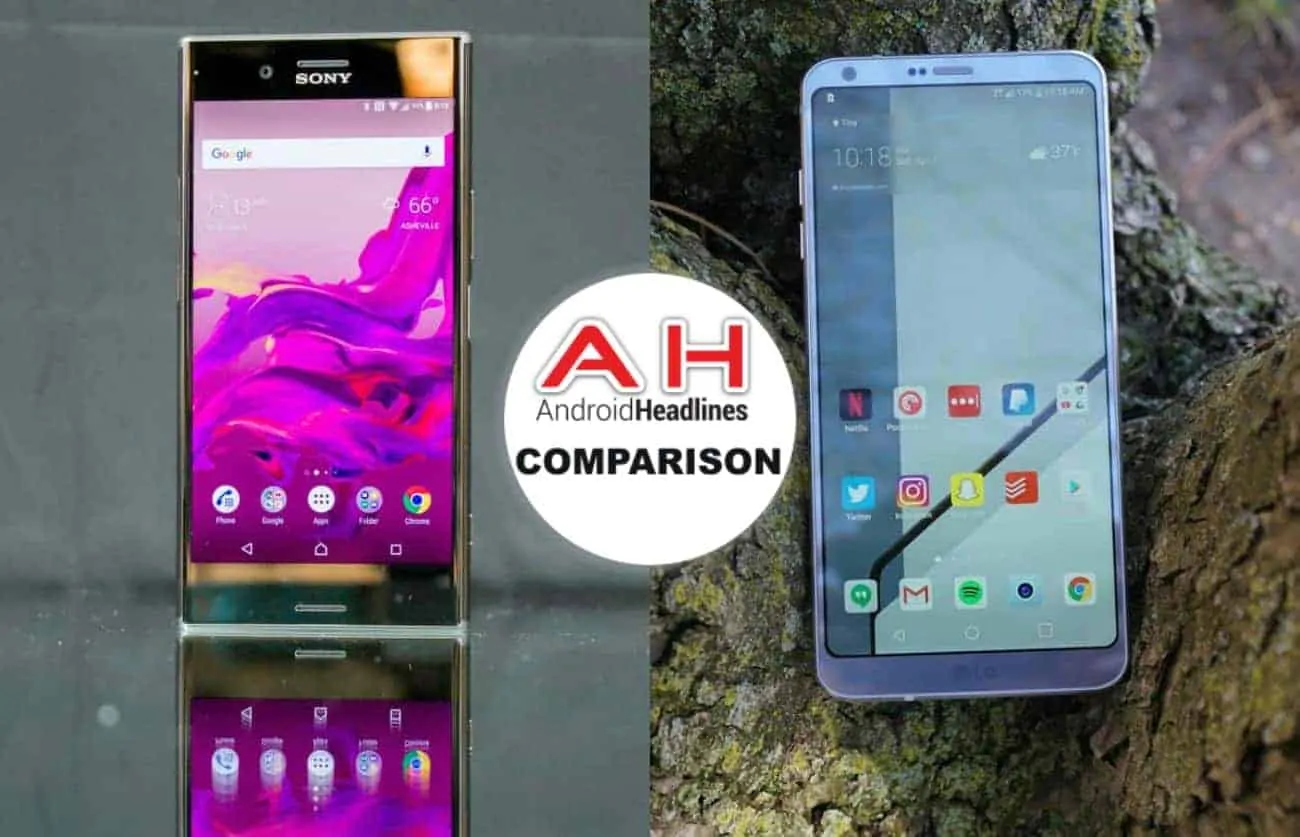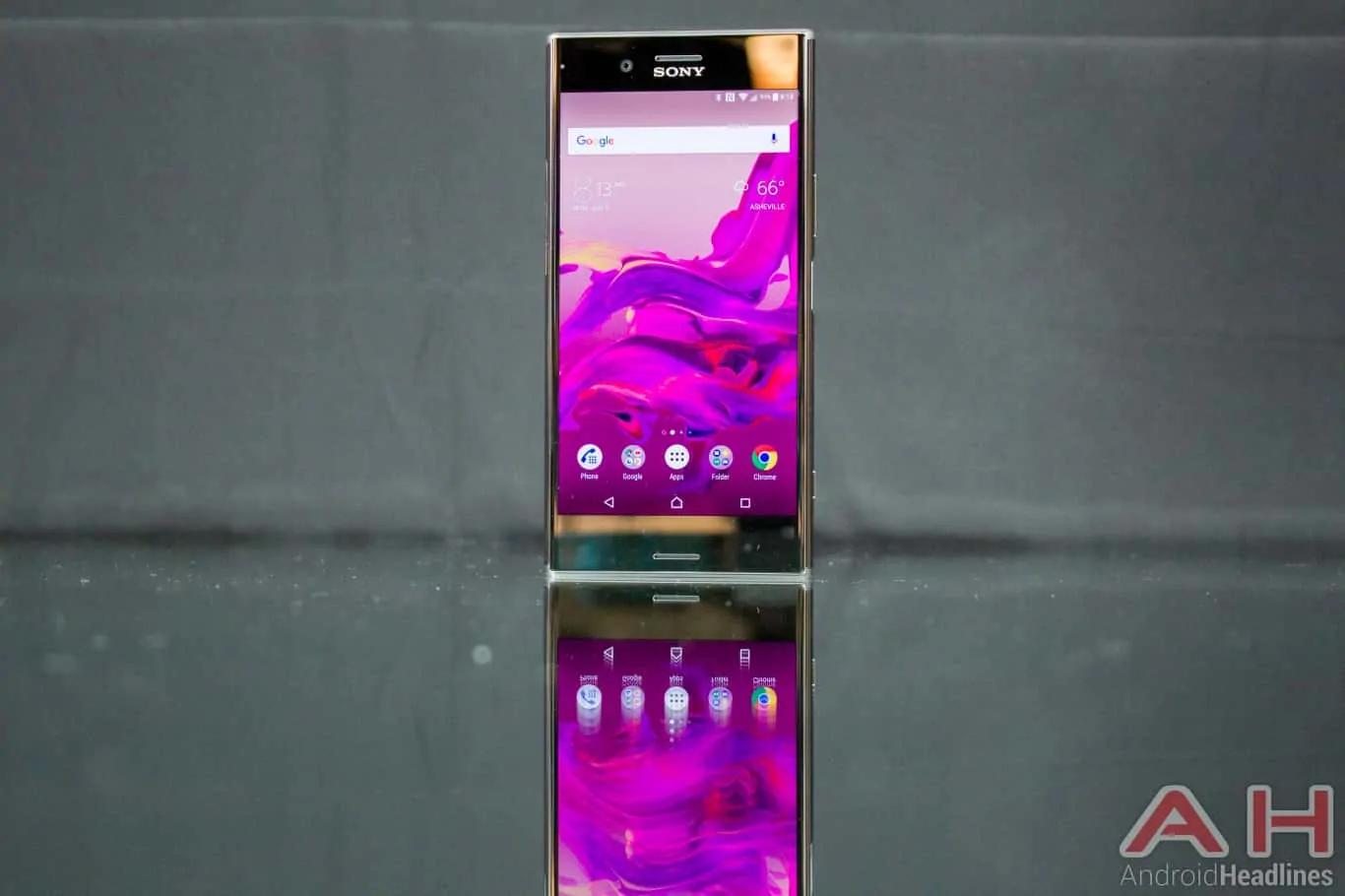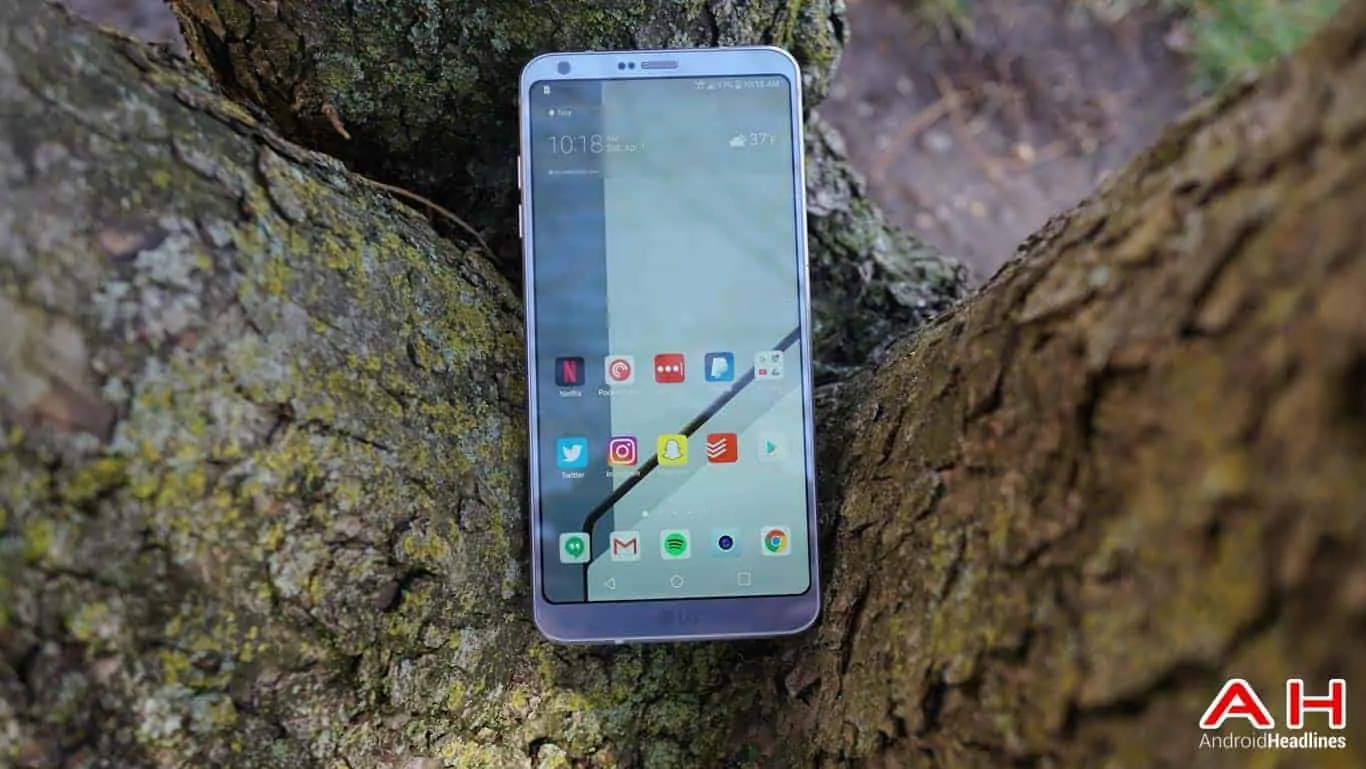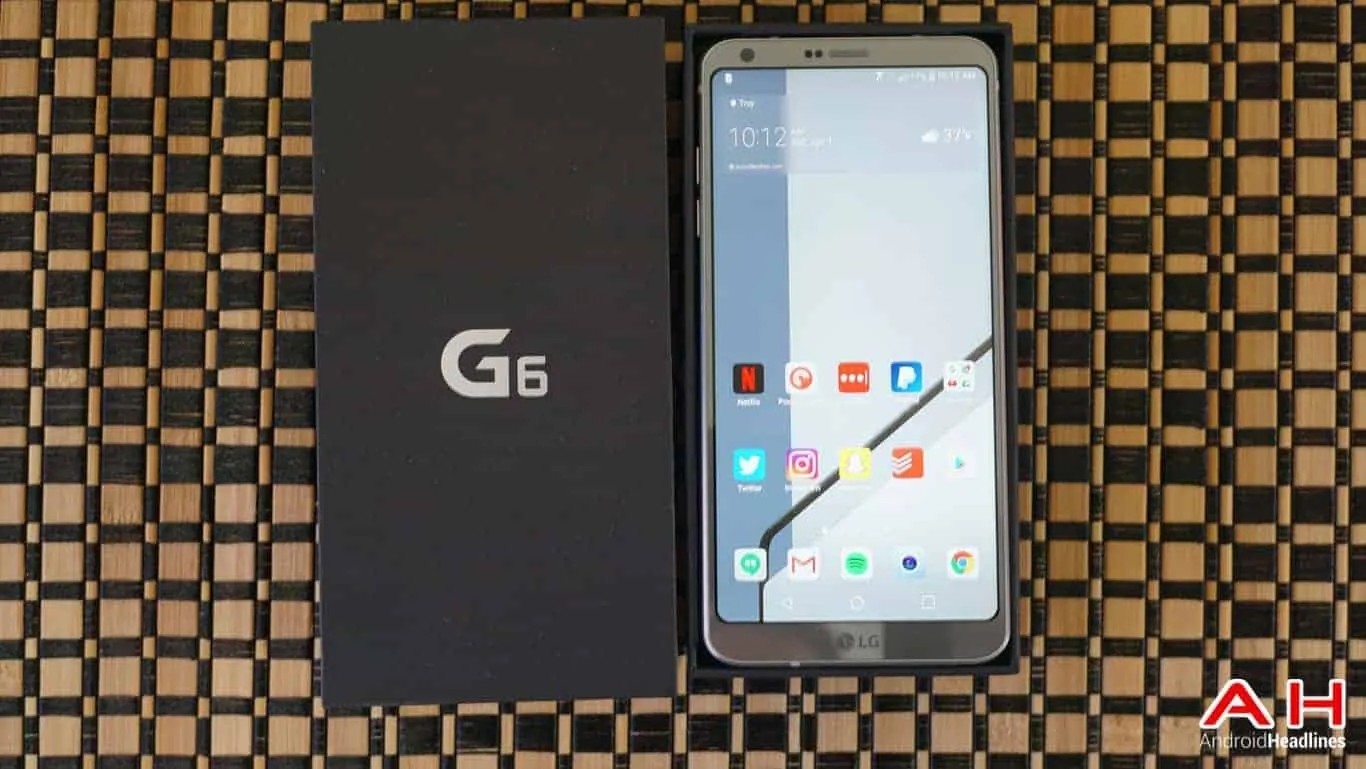Introduction
Sony’s Xperia XZ Premium is the latest flagship smartphone from the Japanese tech giant, and competes in the premium segment with the likes of Samsung’s Galaxy S8, HTC’s U11 and LG’s G6. We have already compared it with the first two devices on that list to see which one deserves your hard earned cash, and today, we’ll will pit it against the LG G6 in an effort to make the purchase decision a bit easier for you. Both devices ship with quality hardware, but which one deserves your hard-earned cash? Let’s find out!
Specifications
Sony Xperia XZ Premium
Sony officially announced its latest flagship smartphone, the Xperia XZ Premium, at the MWC trade show in Barcelona back in February this year, but only made in available for purchase last month. The device comes with some really nice features in terms of its hardware and software, but also has a distinctive look and feel, thanks to its glossy ‘Loop Surface’ design with smooth, rounded edges. The top and bottom bezels of the device are made out of metal and have diamond-cut chamfered edges, while the back has a glass-covering with Corning Gorilla Glass 5 protection instead of the aluminum alloy called ‘Alkaleido’ that can be found on the back of the Xperia XZ.
If you thought the Xperia XZ Premium looked the part, you should take a look at its spec-sheet, because it comes with some serious firepower under its hood. The device features a 5.46-inch IPS LCD Triluminous display with 4K pixel resolution (3840 x 2160) and is covered by a 2.5D curved glass that’s protected by Corning Gorilla Glass 5. The phone is powered by the Snapdragon 835 SoC that comes with the Adreno 540 GPU and a 64-bit CPU with eight custom Kryo 280 cores. While four of those cores are clocked at a maximum frequency of 2.45GHz, the other four run at a slightly slower 2.19GHz. The device also comes with 4GB of RAM and 64GB of internal storage that can be expanded by a microSD card of up to 256GB in capacity. The Xperia XZ Premium carries a non-removable 3,230 mAh Li-ion battery with support for Qualcomm’s Quick Charge 3.0, and comes with Android 7.1 Nougat pre-installed, but is expected to receive the Android O update going forward.
Imaging options on the Xperia XZ Premium include a 19-megapixel rear-facing camera with 5-axis electronic image stabilization (EIS), PDAF and laser autofocus along with an LED flash. The camera has an f/2.0 aperture, a 25mm focal length and a 1/2.3″ sensor size, with software features that include geo-tagging, touch focus, face detection, HDR and panorama. The camera can record 4K videos at 30fps and 720p ultra slow motion videos at 960fps, although you can only record for about 0.15 seconds of video in this mode. The front-facing camera has a 13-megapixel sensor that can record 1080p videos at 30fps and, comes with an f/2.0 aperture, 22mm focal length, a 1/3-inch sensor size and 1.12µm pixel size.
The one interesting aspect about the Xperia XZ Premium is that while it does feature USB Type-C connectivity like any premium smartphone should in 2017, it actually also comes with a 3.5mm audio port unlike many of its competitors in the market, so it should be compatible with all your older audio output devices without any adapters. Sony has also blessed the device with a whole host of sensors, including an accelerometer, a gyroscope, a proximity sensor, a barometer, a magnetometer (e-compass) and a color spectrum sensor, while cellular connectivity includes support for 4G LTE, 3G HSPA and 2G GSM. The Xperia XZ Premium also comes with full waterproofing and dust resistance, as is evident from its IP68 certification, so it can remain submerged in up to 1.5 meters of water for up to 30 minutes at a stretch.
Now that we’ve gone through all the features that make the Xperia XZ Premium a compelling buy, let’s get to the one critical aspect that makes the device stand out from its competitors – and not in a good way. For some reason not yet explained officially to the general public, the U.S. version of this device does not come with a fingerprint scanner. In fact, none of Sony’s recent smartphones in the U.S. offer this standard biometric sensor. However, if you’re buying the device anywhere outside the U.S., you won’t have to worry about missing out on the fingerprint scanner, as all non-U.S. units of the device ship with the sensor, so if you’re in Asia, Europe or elsewhere, you should get a fingerprint scanner on your Xperia XZ Premium should you choose to buy one.
LG G6
The LG G6 is the latest flagship smartphone from the South Korean consumer electronics company that keeps producing quality gadgets, smart devices and household appliances, but is often overshadowed by its larger and more well-known compatriot, Samsung. The LG G6 is a classic case in point. The device is a perfectly designed premium smartphone that ticks all the right boxes, but has received barely a fraction of media coverage that its more illustrious competitor, the Galaxy S8, has received from the global press. Sure, the G6 doesn’t have the same cutting-edge hardware that its rival does, but it still performs every task admirably, which is understandable when you consider that the chip powering the device is actually newer and faster than one that powered most of the top flagships from last year, including the Galaxy S7.
The LG G6 features a 5.7-inch IPS LCD QHD+ display panel with an unusual 2:1 aspect ratio that the LG marketing department refers to as 18:9, ostensibly, to allow people to compare it to the more prevalent 16:9 aspect ratio found in the vast majority of smartphones, televisions and laptops. The device is powered by the Qualcomm Snapdragon 821 SoC instead of its newer and faster successor, the Snapdragon 835. While the latter comes with an octa-core CPU, the former has a quad-core application processor that has two of its cores clocked at 1.6GHz and another two running at a maximum of 2.35GHz. The SoC also includes the Adreno 530 GPU for graphics. The G6 packs 4GB of DDR4 RAM and either 32GB, 64GB or 128GB of native storage, but more on that later. Thankfully, though, the storage is expandable by way of a microSD card of up to 2TB in capacity.
Taking a look at the imaging prowess of the LG G6, the device comes with a dual-camera setup on the back, with the primary 13-megapixel sensor using an f/1.8 aperture, 3-axis OIS, PDAF, and dual-tone LED flash. The additional camera also comes with a 13-megapixel sensor, but it features a wide-angle 125-degree fixed focus lens and an f/2.4 aperture. However, the two cameras operate independently of one another, and users have the final say in choosing the sensor for each shot. For the front-facing camera, LG has used a 5-megapixel sensor with an f/2.2 aperture. While the primary camera can shoot 2160p videos at 30fps and 1080p videos at up to 60fps, the front-facing selfie-cam can only do 1080p videos at 30fps.
The device also comes with a front-facing fingerprint scanner, but unfortunately, does away with the IR Blaster that could be found on its predecessor, the G5. However, the one area where the lack of modularity of the LG G6 has actually helped it is in the battery department. While the G5 came with a paltry 2,800mAh battery, its successor actually ships with a slightly larger 3,300mAh battery that should last a day on moderate usage; at least, in the initial few months. You also get Quick Charge 3.0, thanks to the Snapdragon 821. The LG G6 measures 148.9 mm in length, 71.9 mm in width and 7.9 mm in thickness while weighing in at 163 grams. In terms of software, the handset ships with Android 7.0 Nougat and is expected to receive Android O going forward. The device also ships with Google’s AI-based personal voice assistant – Google Assistant – out-of-the-box, so you won’t need to jump through the hoops to install it on your device.
The one thing that needs to be mentioned while listing the features of the LG G6, is that the device comes with a whole bunch of different configurations for different markets, so while Qi wireless charging is a U.S.-specific feature that isn’t available elsewhere around the world, the much-hyped 32-bit Quad DAC is exclusively available in South Korea and a few other countries in the region. FM Radio is also one such feature that’s only available in a few markets. Also different is the amount of native storage on offer. While the company offers a 64GB version of the phone in South Korea, Hong Kong, India and a few of the CIS nations, the North American market originally only got the 32GB version. However, the company has since rectified that anomaly by announcing the LG G6+ that comes with 128GB of storage, alongside the Hi-Fidelity Quad DAC audio and Qi wireless charging in all markets.
And The Winner Is …
The Final Word
While both the LG G6 and the Xperia XZ Premium have their strengths, both come with significant negatives that have prevented them from becoming best-sellers. While the Sony device wins the spec-war in most categories, it also costs significantly more than the LG device in most markets around the world. The price difference is a little less stark in North America, but if you’re buying the Xperia XZ Premium in the U.S., you’re missing out on the fingerprint scanner, something that’s become commonplace even in sub-$100 devices these days. On the other hand, the LG G6 comes with all the important features (especially the ‘Plus’ variant), but is ever-so-slightly underpowered compared to its rival. Which is what makes this comparison a really tough one. Taken in isolation, the Sony Xperia XZ Premium is a great device and is obviously the one to go for if cutting-edge hardware is all you’re looking for, but the LG G6 is the better all-round device that comes with sensible pricing, which is why it wins our head-to-head today.
Buy The Sony Xperia XZ Premium Buy The LG G6





